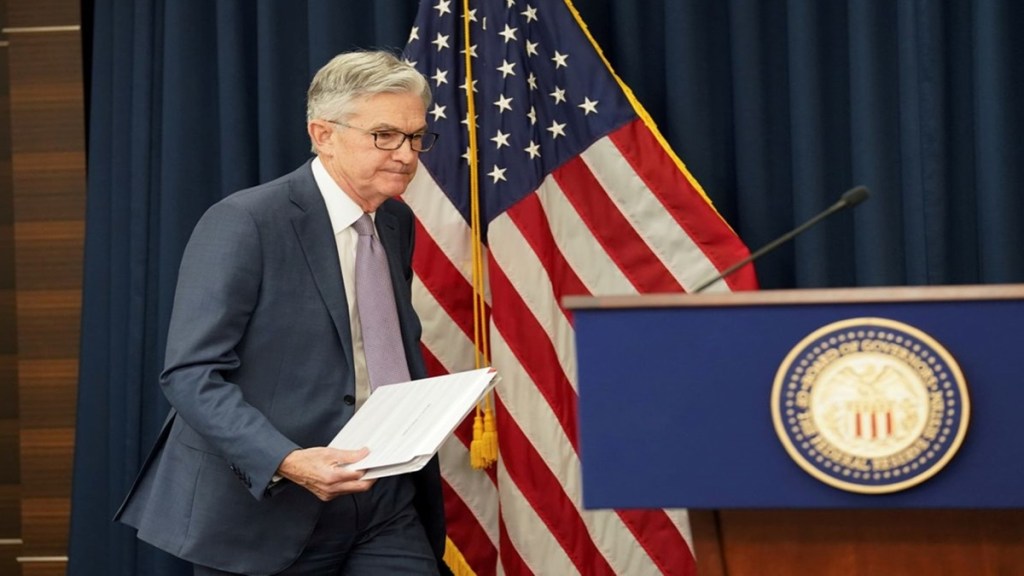By Madhavi Arora
In a unanimous decision, the Fed hiked 50bp as widely expected, but with a clear hawkish stance with “more work to do”. The policy statement’s hawkish tone was led by:
(1) Upward revisions to the dot plot (particularly a 50bp increase in the 2023 median, with the distribution, skewed higher – 17 out of 19 FOMC members voting of peaking at 5.125%, and of that several members see higher peaks of 5.5 to 5.75%.). The 2024 dots displayed a considerably wider band of uncertainty, but the median end-2024 rose 25bp to 4.125% (implying a 100bps cut vs ‘23).
(2) A higher profile for inflation over the next two years, and
(3) Unchanged statement language about “ongoing” rate hikes
All these gave a hawkish tone to the FOMC meeting, going into Chair Powell’s presser. Chair Powell in his presser, continued that tone by repeatedly stressing that “it will take substantially more evidence” to gain confidence that inflation is on a sustained downward trajectory, indicating we are still likely multiple meetings away from any pause in the cycle.
He added clear caution in rejoicing recent downside CPI surprise and repeatedly pointed to the imbalance in the labor market. He did, however, appear to leave the door open to downshifting to 25bp hikes beginning with the next meeting in early-Feb.
The economic forecasts were revised to show generally weaker growth, higher unemployment, and higher inflation. 2023 GDP forecast was down 70bp to 0.5%. The projection for the core PCE inflation path was revised higher in 2022-2024 and remained above the 2% target throughout the forecast horizon.
The upside inflation revision apparently reflects the expected persistence of this year’s inflation into the next. Even as next year’s 4.6% unemployment projection is almost a full point higher than the current rate, but Powell characterized this as still strong.
However, the market reaction was muted on the net as Powell strongly hinted that the next move in February could be 25bp, as well as offered his assessment that a soft landing remains feasible.
Also Read: Fed rate hike may set US stocks for a mega bull run in 2023 and beyond
For the first time this year, the terminal rate implied by the dots has moved clearly above the market pricing of the terminal (by a little over 25bp).
Markets also appear to be taking a strong signal from the cooling in the Oct and Nov CPI reports—even as Powell warned that a “very, very strong” labor market risks (non-shelter core services inflation (55% of core PCE) remaining persistently elevated well into next year. He essentially equated this sub-segment of inflation to a function of the labor market.
We have been cautioning against any expectations of a linear path of disinflation since early this year. Fed again validates that.
We see the Committee raising max 75 bps in 1QCY23, but see the risk that the labor market doesn’t cool sufficiently by then to allow them a pause. We believe the current terminal real rate will be above trend growth — historically tending to be followed by recessions. Thus it will be a close call if the rate reversal comes by end-2023 or in 2024, depending on the extent of sacrifice ratios.
Also Read – US Market Outlook 2023: Factors that may lead to rebound in US equities next year
The macro regime is likely to trail the 2022 stagflation in the early part of 2023, entering a recession of unclear duration and depth, with a decent growth sacrifice to manage the inflation imbalance. Thus owing any cyclical risk asset, investors need high-risk premia – evidence of which is not there yet.
(Author is Lead Economist, Emkay Global Financial Services)

